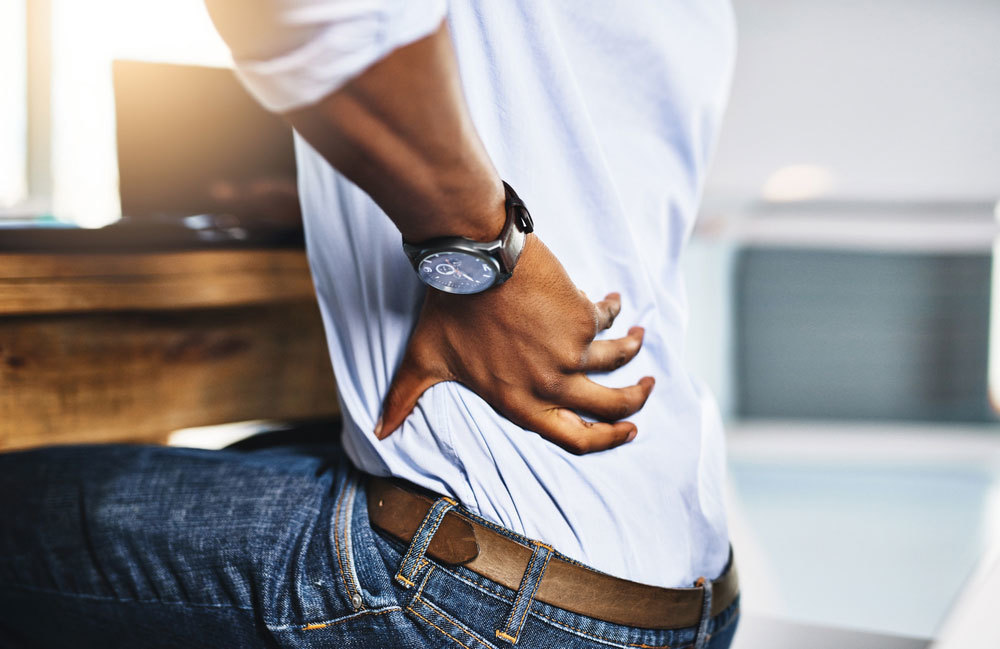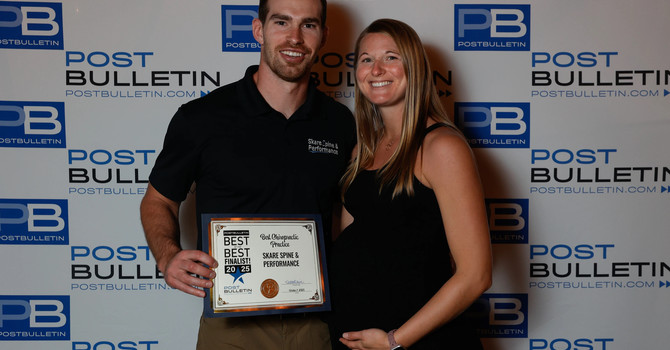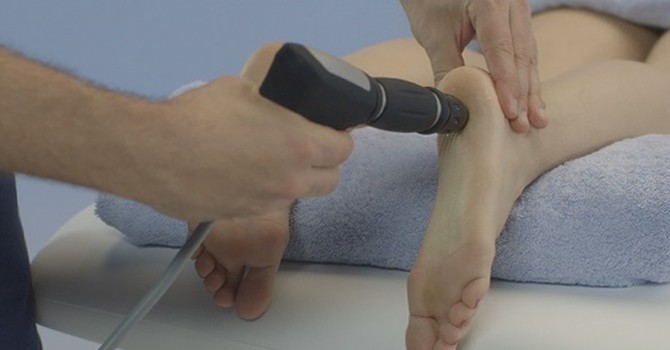
Back pain is one of the most common issues affecting athletes, active individuals, and even desk-bound professionals. Whether it’s a dull ache or sharp, shooting pain, chronic discomfort can severely impact your performance, lifestyle, and overall well-being.
One of the most effective and non-invasive ways to address this issue is spinal decompression—a technique we specialize in at Skare Spine and Performance (SSP) using our state-of-the-art flexion-distraction table.
In this post, we’ll break down what spinal decompression is, how it helps, ways to decompress your back at home, and why coming into our office could be the most effective path toward long-term relief.
What Is Spinal Decompression?
Spinal decompression refers to a therapeutic technique designed to relieve pressure on the spine, especially on the intervertebral discs—the cushion-like structures between the vertebrae. When these discs become compressed due to injury, poor posture, or chronic stress, they can bulge or herniate, leading to pain, numbness, or even sciatica if nerves become pinched. Over time, this compression can also lead to arthritis and spinal stenosis, a narrowing of the spinal canal or the foramen where the nerves leave the spine.
By gently stretching the spine, decompression can:
- Create negative pressure within the disc space
- Encourage herniated or bulging discs to retract
- Promote movement of oxygen, water, and nutrient-rich fluids into the discs for healing
- Reduce pressure on nerves and surrounding structures
- Improve spinal joint mobility
At SSP, we use a technique called flexion-distraction therapy, which is a highly controlled, gentle form of spinal decompression performed on a specialized table.
How We Use the Flexion-Distraction Table at SSP
Our flexion-distraction table provides dynamic, safe, and targeted relief. It’s designed to move and flex the spine rhythmically, allowing us to gently separate the vertebrae and reduce disc pressure.
Benefits of Flexion-Distraction Therapy:
- Non-surgical and drug-free: Ideal for patients who want to avoid invasive procedures or long-term medication use.
- Customizable: Each session is tailored to the patient’s specific pain pattern and spinal mobility.
- Relieves nerve compression: Especially beneficial for conditions like sciatica, radiculopathy, and spinal stenosis.
- Improves spinal mobility: Enhances your range of motion and movement efficiency.
- Accelerates healing: Increases blood flow and nutrient delivery to damaged tissues.
The process is gentle enough that patients often experience relief without discomfort during treatment. Many describe the motion as relaxing and soothing, even while being incredibly effective.
How to Decompress Your Lower Back at Home
While professional spinal decompression offers the most effective and long-lasting results, there are ways to support your spine at home.
Here are a few gentle exercises to help reduce lower back pressure:
1. Knee-to-Chest Stretch
- Lie on your back with both knees bent.
- Slowly bring your knees to your chest as far as you can.
- Hold for 2-3 seconds and repeat 10 times.
- This movement helps open the lower back and reduce lumbar pressure.
2. Child’s Pose
- Start on your hands and knees.
- Push your hips back toward your heels, stretching your arms forward.
- Breathe deeply and hold for up to a minute.
- This yoga pose gently elongates the spine.
3. Pelvic Tilts
- Lie on your back with knees bent, feet flat on the floor.
- Flatten your back against the floor and breathe through your lower back.
- You can maintain this and breathe for 1-3 minutes, or hold for 5 seconds and release, repeating 10 times.
- Strengthens your lower back muscles and relieves tension.
These exercises are helpful for minor or occasional discomfort, but they don’t replace the deeper, more targeted decompression treatments we offer in the clinic.
Should You Try Spinal Decompression at Home?
There’s a growing trend of people using at-home spinal decompression tools—like inversion tables or lumbar traction devices. While these might provide short-term relief for some, they also come with risks, especially if used incorrectly or without guidance.
Potential Risks of DIY Decompression:
- Worsening of existing disc herniation or spinal instability
- Increased muscle tension or spasms
- Improper use leading to nerve compression or injury
- No monitoring of results or symptom progression
At Skare Spine and Performance, we assess your condition thoroughly and create a safe, customized plan. Without that guidance, self-treating could lead to setbacks or make the problem worse.
If you’re dealing with persistent or severe back pain, numbness, tingling, or mobility issues, professional care is the best route.
What to Expect When You Visit SSP
We don’t believe in quick fixes or cookie-cutter plans. Every person who walks through our doors receives personalized, comprehensive care designed around their specific needs and goals.
Here’s how we typically approach spinal decompression treatment:
1. Initial Assessment
We’ll start with a detailed consultation and physical examination, looking at posture, movement patterns, mobility, and your injury history. If needed, we’ll refer you for imaging or additional diagnostics.
2. Flexion-Distraction Therapy
If you are a candidate for flexion-distraction, we’ll begin treatment with gentle, rhythmic spinal decompression to reduce pressure, improve mobility, and encourage disc healing.
3. Manual Therapy + Chiropractic Care
We may integrate soft tissue work, joint mobilizations, or chiropractic adjustments to improve spinal and muscle mobility.
4. Rehabilitation and Strengthening
To prevent future flare-ups, we’ll guide you through corrective exercises that target core stability, glute strength, and overall spinal support.
5. Progress Tracking
We’ll monitor your progress regularly, making adjustments based on how your body responds. Most patients notice improvements within just a few sessions.
Why Choose Skare Spine and Performance?
At SSP, we specialize in helping athletes and active individuals overcome pain so they can get back to doing what they love. Our integrated model combines chiropractic care, manual therapy, and rehab to not just treat pain but solve the problem.
We don’t chase symptoms. We treat the cause.
Our flexion-distraction table provides a level of care that’s both gentle and powerfully effective. Whether you're recovering from a disc issue, dealing with chronic lower back pain, or simply want to move and train with more confidence, we’re here to help.
Ready to Feel Better?
If you’ve been dealing with back pain and want a natural, effective solution, let’s talk. Come experience the benefits of spinal decompression at Skare Spine and Performance in Rochester, MN.

Nate Skare
Contact Me



